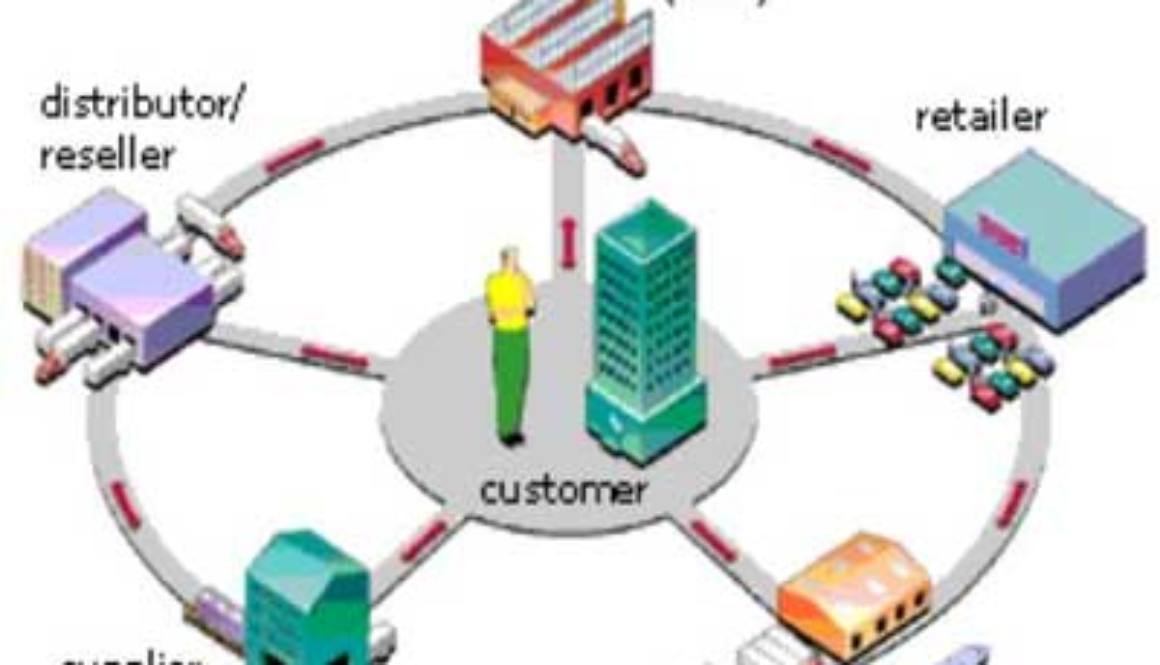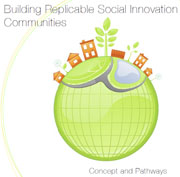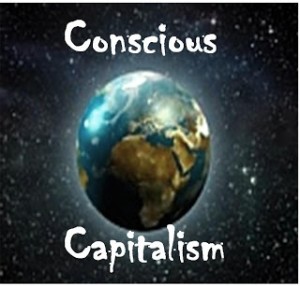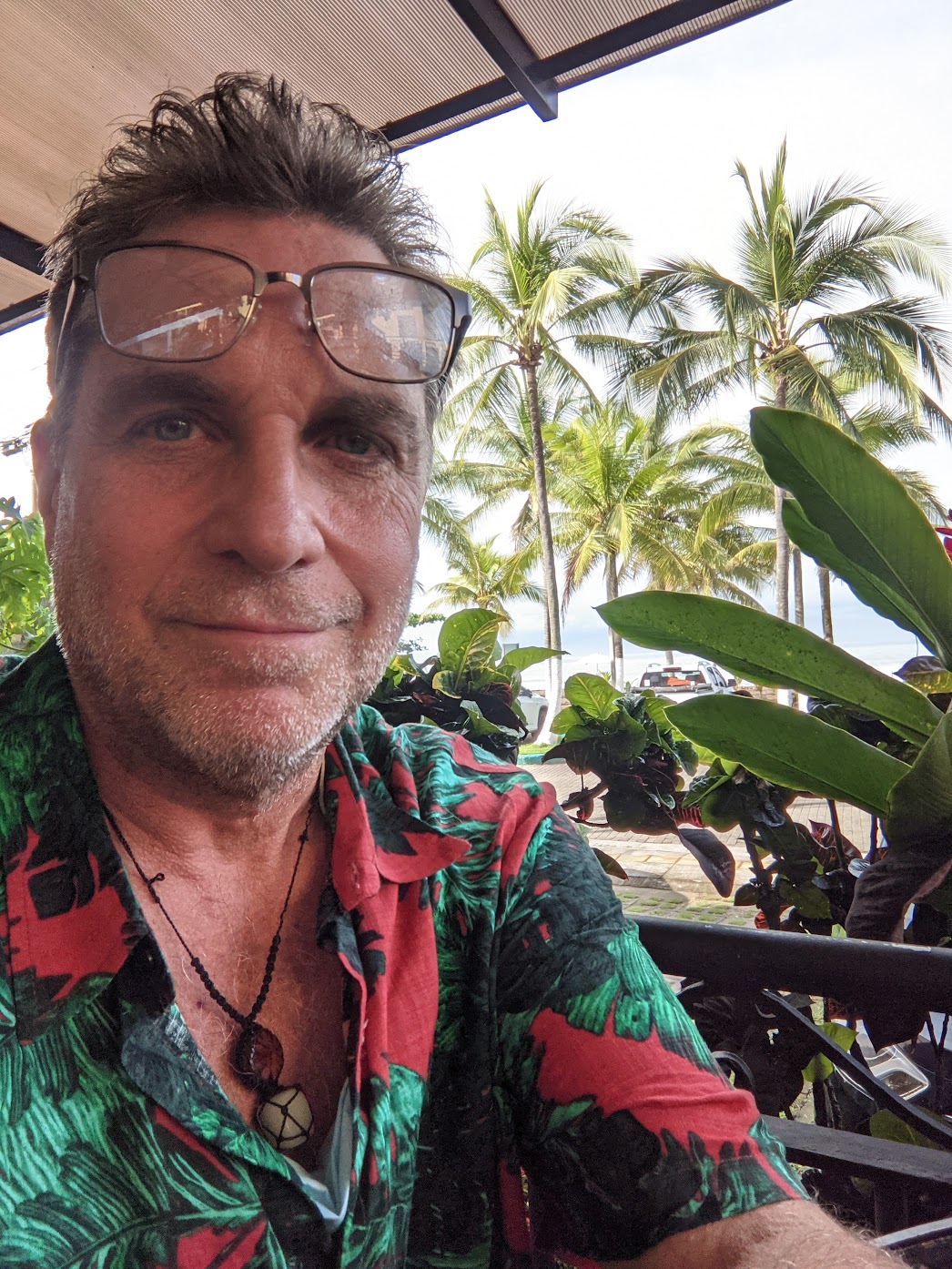* Organizational Learning

Lossy vs Efficient Organizations – How to Design a Sustainable Supply Chain Management System
My recent insight on Sustainable Supply Chain Management System design … Lossy vs efficient organizations – how to design a ‘sustainable’ supply chain management (scm) system
sustainability in supply chain management is optimized by measuring the lossiness cause by reflective coefficients at the sources and sinks of each learning node (suppler/vendor) in the chain. This refers to both informational and material flows. Thus, when the reflective coefficients are high, much loss occurs in the transfer of energy (product/services) process.
 This generates a highly inefficient system and utilizes more resources, times, and people – thereby money; than a system that has been optimized at each supplier connection point with the goal of minimizing resistance and maximizing flux of information. The higher the flux (meaning bidirectional flow of information so that it is received and absorbed or assimilated), the lower the cost factors in product/service creation, is involved.
This generates a highly inefficient system and utilizes more resources, times, and people – thereby money; than a system that has been optimized at each supplier connection point with the goal of minimizing resistance and maximizing flux of information. The higher the flux (meaning bidirectional flow of information so that it is received and absorbed or assimilated), the lower the cost factors in product/service creation, is involved.
In a closed loop supply chain system (for example see the metabolic closed loop system diagram) each point of technology/materials transfer become an increasing way to build sustainability into the supply chain. this generates, not only a cleaner product generator through the network (chain), it also non-linearly reduces the costs involved – after an initial startup cost factor to break through the existing system’s resistance (otherwise known as momentum).
 By defining reflective coefficient models as result of source/sink information and materials flow ratios, the evolution of a supply chain can be monitored, measured, and melded into an optimized performance system that directly affects world sustainability.
By defining reflective coefficient models as result of source/sink information and materials flow ratios, the evolution of a supply chain can be monitored, measured, and melded into an optimized performance system that directly affects world sustainability.
Sustainable Supply Chain Management System
copyright vic desotelle discoverycolabs.com/vicsblog
comments from drew: drew goodwin: just read your piece….. good stuff overall….. devil in the details….. precisely what has to be measured? and how ? ….. cool thing is that if you can figure out a way to measure “inefficiency ” then you have a metric that can be monitored for improvement over time….. providing a benchmark to substantiate claims of gain/loss…. also, would be nice to specify and quantify those data (the “flux”) that are necessary and sufficient for efficient supply chain management……
For Those Who Stand in the Arena of Change
May 2014 be the year when the men and women of ‘the arena’ (see below) come together to share our triumphs and struggles, and to celebrate the making of a world that works for all. I wish a to extend to each of you who stand in this very special place, a joyful and transformative New Year.
+++
THE MAN IN THE ARENA by Theodore Roosevelt
“It is not the critic who counts; not the man who points out how the strong man stumbles, or where the doer of deeds could have done them better. The credit belongs to the man who is actually in the arena, whose face is marred by dust and sweat and blood; who strives valiantly; who errs, who comes short again and again, because there is no effort without error and shortcoming; but who does actually strive to do the deeds; who knows great enthusiasms, the great devotions; who spends himself in a worthy cause; who at the best knows in the end the triumph of high achievement, and who at the worst, if he fails, at least fails while daring greatly, so that his place shall never be with those cold and timid souls who neither know victory nor defeat.”
Social Innovation in Action: Vic Applies for the Bucky Fuller Design Challenge Award
 BuckyFuller Design Science Challenge:
BuckyFuller Design Science Challenge:
How to shift innovation’s intent from creating intellectual widgets to forming intelligent societies.
* ingenuity innovation center and land
* vic’s collaboration with ingenuity team
Going Beyond the Idea of ‘Conscious Capitalism’
 The following are my comments to an associate who went to the ‘Conscious Capitalism’ conference.
The following are my comments to an associate who went to the ‘Conscious Capitalism’ conference.
I anticipated when I reviewed Gil’s notes from the ‘Conscious Capitalism’ Conference, that I would be brought into a state of aggravation. Expecting that the language would point to the same old talk about doing good business, while actually covering up that its not doing ‘good’. BUT, I was pleasantly surprised! I’m so relieved, and quite jazzed, about seeing signs of real change, captured within key phrases that were noted. A shift in the integrity of mind and heart about business and the model of capitalism.
His notes suggest to me that, just maybe, we are finally around the knee of the wake up curve, where many of the speakers seemed to be recognizing the need for a different kind of change in business, that so far has merely been rearranging the deck chairs on the Titanic.
 Within the language of his notes, there are signals of a readiness to alter our formula for what business is, how we do it, and why … what it’s real purpose is. While moving away from concepts that have merely cloaked more of the same destructive activity that continues to occur.
Within the language of his notes, there are signals of a readiness to alter our formula for what business is, how we do it, and why … what it’s real purpose is. While moving away from concepts that have merely cloaked more of the same destructive activity that continues to occur.
I will also be so bold (dare I say?) that I was relieved not to see the word used that has represented a mission we have all adored as our savior for so many years – ‘sustainability’. LOL! Suggesting to me we have to go beyond what it represents in order to achieve it.
Finally, to also see that people were questioning even the conference theme itself (as in the last note) by stating: “Does the phrase ‘conscious capitalism’ further instill the corporation with misplaced personhood?” This is where I hope to see a powerful generative conversation to emerge. Because behind its teeth are answers we’ve been seeking.
